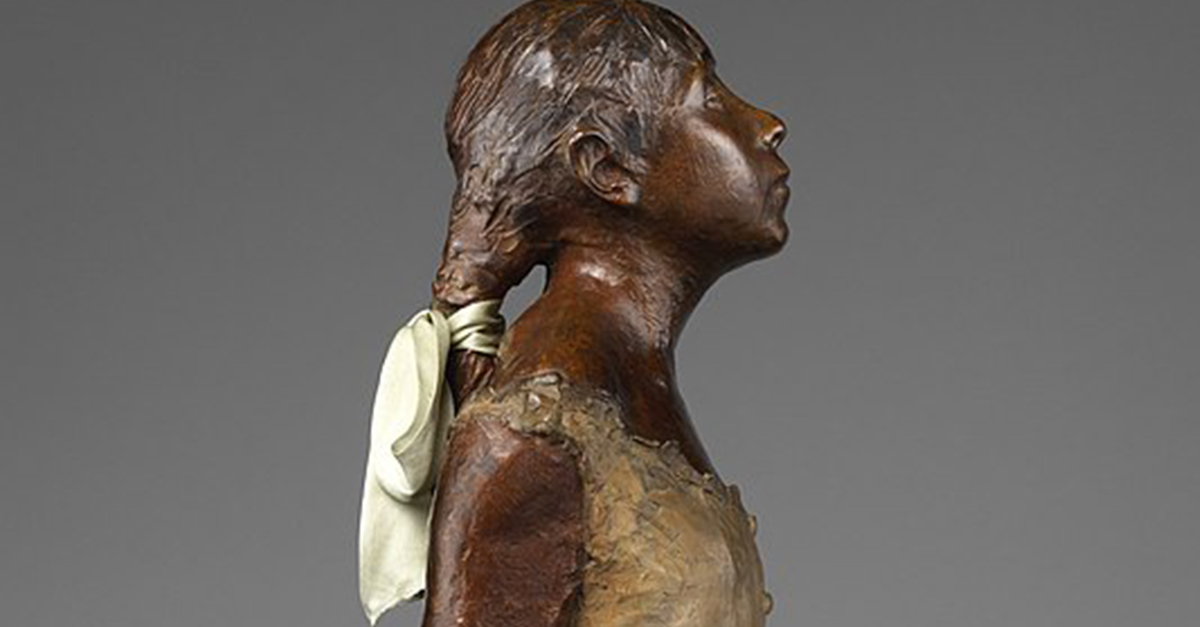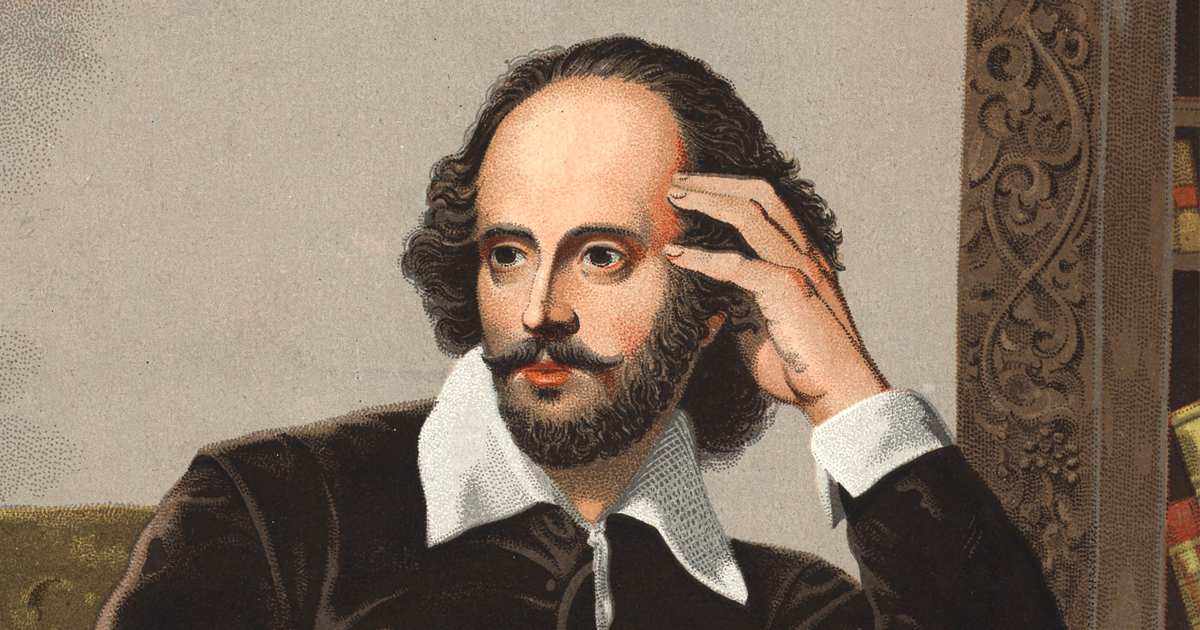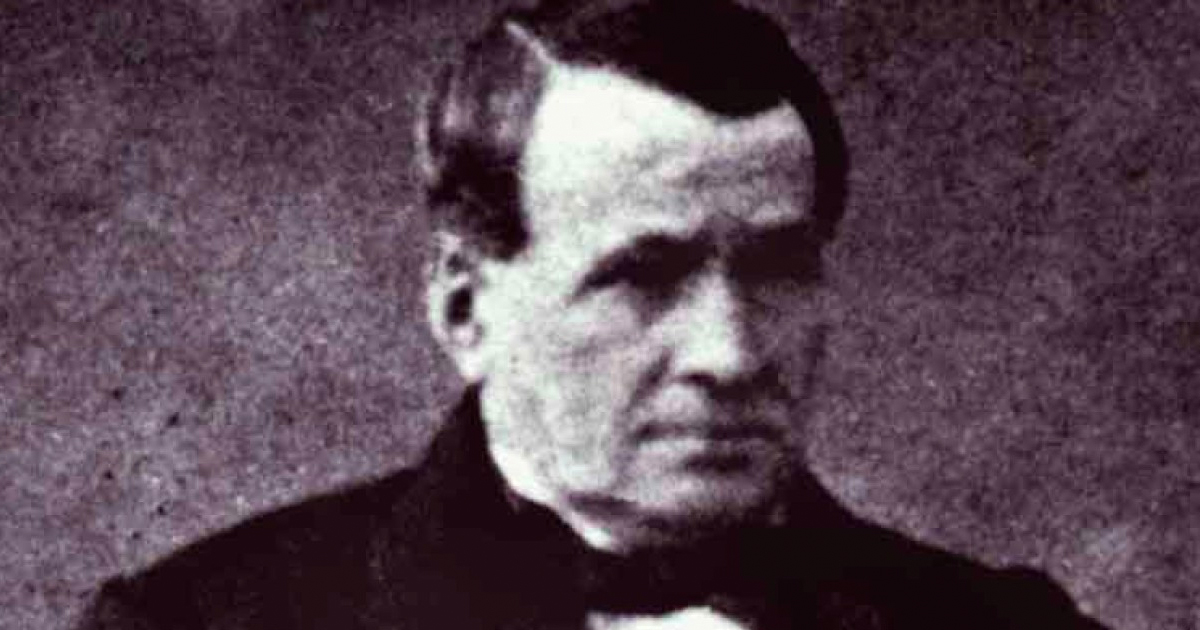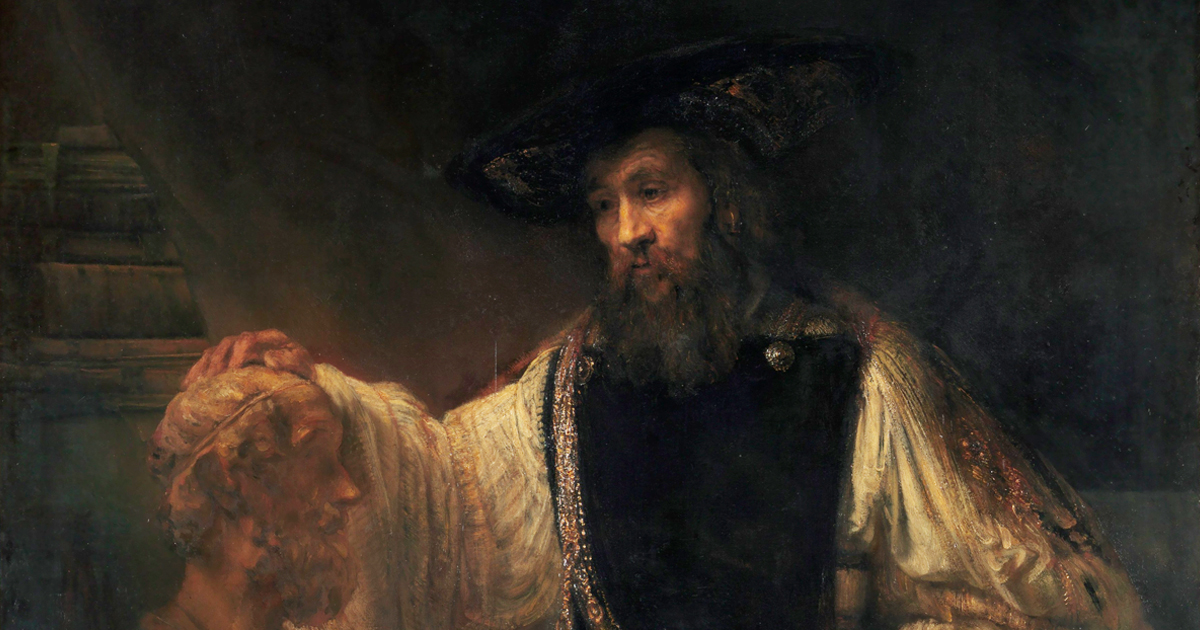The Most Infamous
The long history of monarchies also comes with a long history of scandal and controversy. When it comes to infamous incidents, these royal scandals didn’t just get people talking—they also changed history.
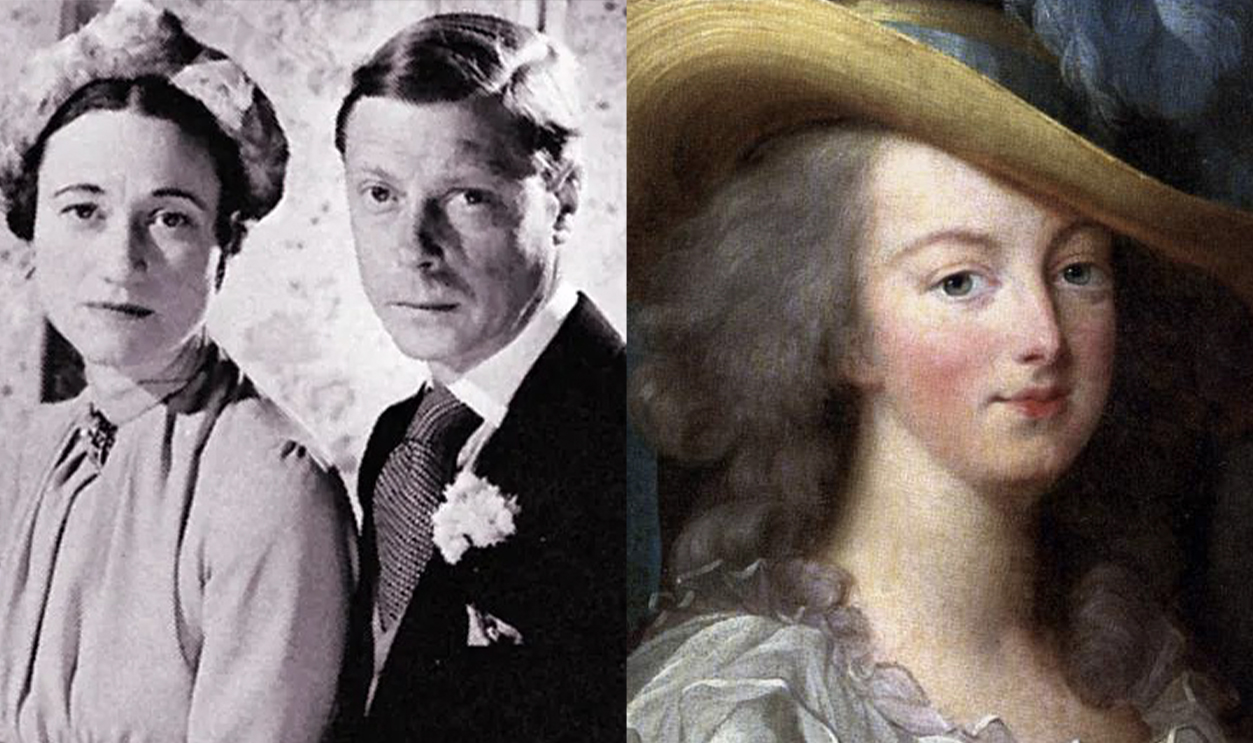
1. The Tour de Nesle Affair, 1314
In 1313, Isabella, the daughter of King Philip IV of France gave embroidered purses to her three brothers and their wives. Sadly, these small gifts would lead them all to their doom. A year later, Isabella saw a pair of knights, each with one of the unique purses. She became suspicious of her sisters-in-law and told King Philip.
 Jean Froissart, Wikimedia Commons
Jean Froissart, Wikimedia Commons
Where Did They Get Them?
Philip put the women under surveillance, which led to two of his son’s wives being found guilty of adultery. It was determined that they’d snuck off to the Tour de Nesle, an old guard tower, to meet up with the two knights. As punishment, the women had their heads shaved and were sentenced to life in prison. The knights fared far worse.
 Musée Carnavalet, Wikimedia Commons
Musée Carnavalet, Wikimedia Commons
Talk About Overkill
Historians agree that the knights would have come to a gristly end for their part in the scandalous affair. It’s likely that they were castrated before being drawn and quartered, flayed alive, broken on a wheel, or hanged. With their wives locked up, the French princes did not have any male heirs before they died—this would have ramifications for French succession and contribute to the start of the Hundred Years War when Isabella’ son, Edward III of England, made his claim for the throne.
 Jean Louis Bezard, Wikimedia Commons
Jean Louis Bezard, Wikimedia Commons
2. The Disappearance Of Count Philipp Christoph von Königsmark, 1694
In 1682, Princess Sophia Dorothea of Celle got married to her cousin, King George I of England. Their union was tumultuous from the start, so when Sophia was reunited with her childhood friend, Count Philip Christoph von Königsmarck of Sweden, it was hard not to give into the sparks of true passion. Sadly, their romance would lead them both to a tragic end.
 Residence Museum in the Celle Palace, Wikimedia Commons
Residence Museum in the Celle Palace, Wikimedia Commons
The Trail Of Evidence
Princess Sophia and Count Philipp began a torrid affair, evidenced by the hundreds of love letters they sent each other, which are now kept safe by Lund University in Sweden. In 1694, Sophia and Philipp made plans to run away together, but on the night they were supposed to meet, Philipp disappeared without a trace.
 Unknown Author, Wikimedia Commons
Unknown Author, Wikimedia Commons
Without A Trace
Count Philipp was never seen again, and most historians agree that King George had Philipp killed and thrown into the river Leine. Sophia also suffered for daring to give in to her passions. George divorced her and then had her imprisoned in the Castle of Ahlden. She would remain there for the rest of her days.
 Axel Hindemith, Wikimedia Commons
Axel Hindemith, Wikimedia Commons
3. The Diamond Necklace Affair, 1784-1785
A culmination of several factors led to the French Revolution, but in the end, it was a stolen necklace that cost Marie Antoinette her head. The necklace had been made for Madame du Barry, the mistress of the former king, Louis XV. Louis XV perished before the 2,000,000-livres piece was paid for, causing the jewelers to go into debt. But it was a woman named Jeanne de Valois-Saint-Rémy who would turn the situation into one of history’s deadliest scandals.
 Château de Breteuil, CC BY-SA 4.0, Wikimedia Commons
Château de Breteuil, CC BY-SA 4.0, Wikimedia Commons
The Imposter
Claiming to be a descendent of the royal Valois family, Jeanne introduced herself as the Comtesse de la Motte and made the strategic move to become the mistress of Cardinal de Rohan. The Cardinal had fallen out of Marie Antoinette’s good graces, which presented Jeanne with a unique opportunity to swipe the million-dollar necklace.
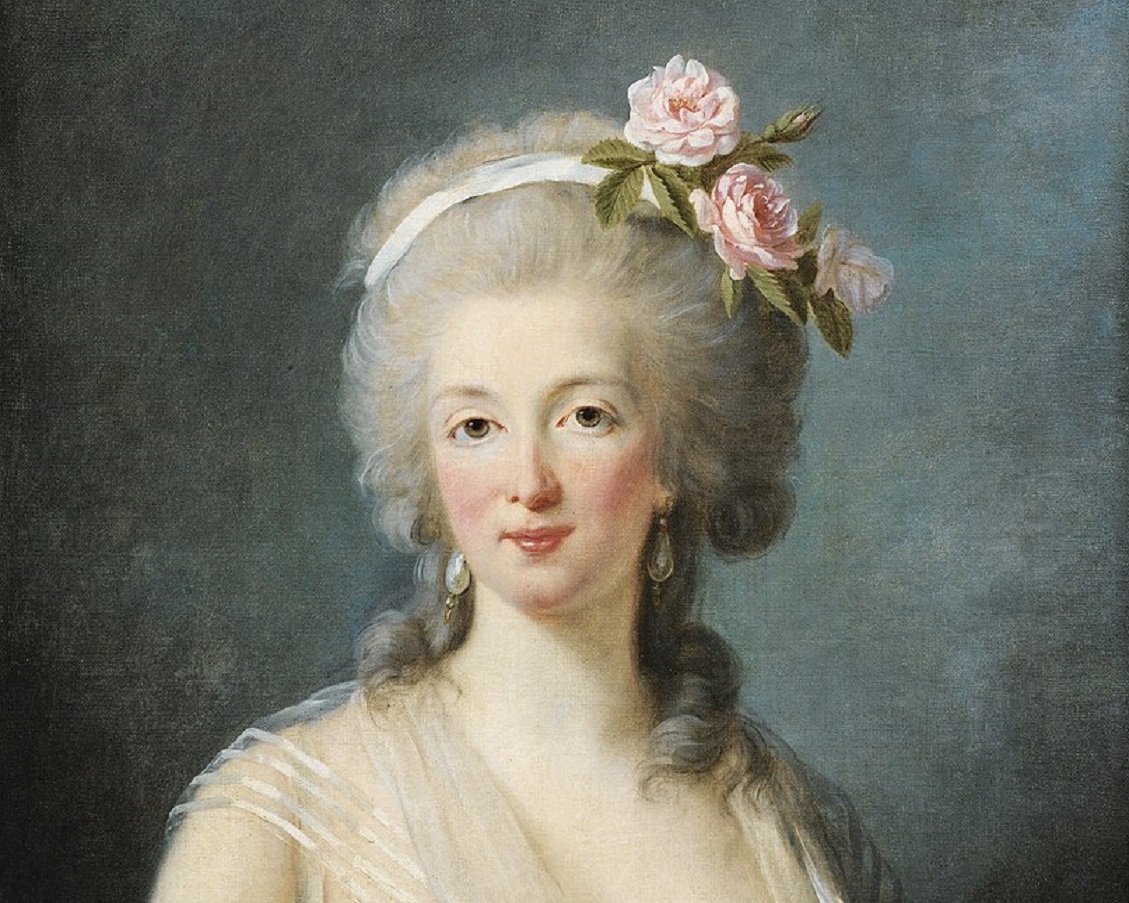 Élisabeth Louise Vigée Le Brun, Wikimedia Commons
Élisabeth Louise Vigée Le Brun, Wikimedia Commons
A Traitor In Their Midst
La Motte pretended to be interested in a friendship with Marie Antoinette, and soon became one of the queen’s close confidants. She then told her husband, the Cardinal, that she could act as a liaison between him and the Queen. She offered to pass letters between them, but the “replies” that the Cardinal got from the Queen were forged by La Motte.
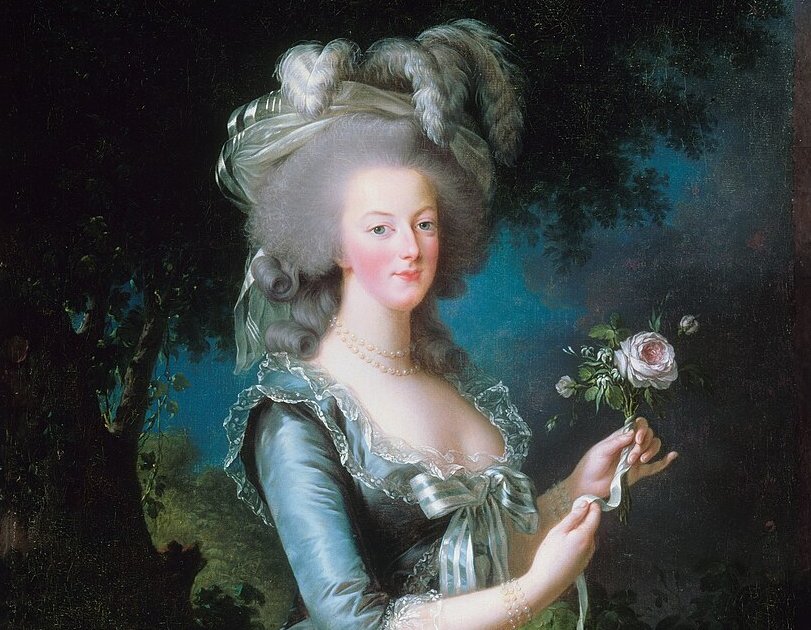 Élisabeth Louise Vigée Le Brun, Wikimedia Commons
Élisabeth Louise Vigée Le Brun, Wikimedia Commons
A Tangled Web
In the forged letters, La Motte posed as the Queen and sent a series of flirtatious letters that had the Cardinal thinking she was in love with him. “The Queen” then asked the Cardinal for a loan, so that she could purchase the diamond necklace. To further convince the Cardinal of the Queen’s intentions, La Motte arranged a clandestine meeting between Cardinal de Rohan and a courtesan that had been paid to pose as Marie Antoinette. The Cardinal fell for the plot.
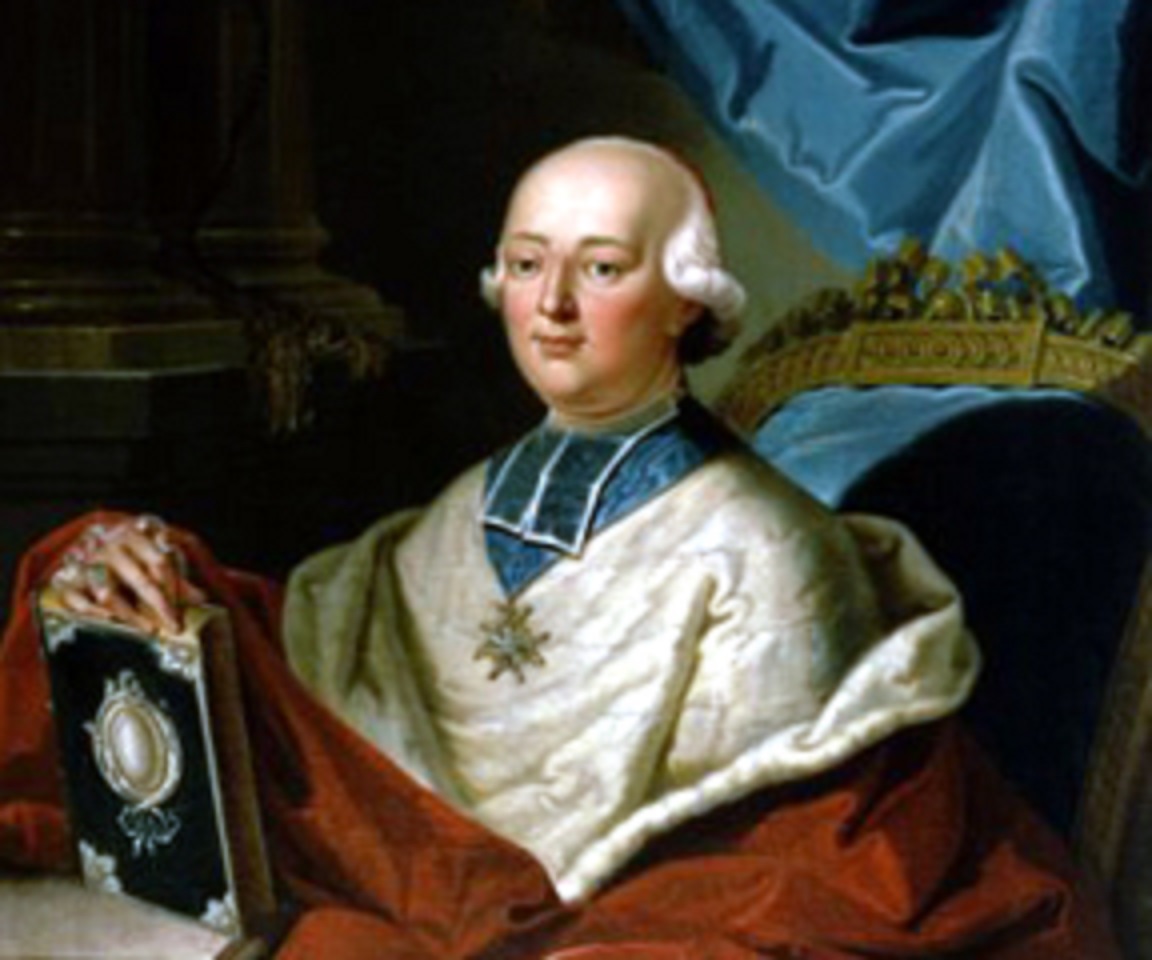 Unknown Author, Wikimedia Commons
Unknown Author, Wikimedia Commons
Changing Hands
La Motte forged Marie Antoinette’s signature on the order to buy the necklace and requested that the Cardinal secretly purchase it for her so as to avoid public scrutiny at the large purchase. Cardinal Rohan met with the jewelers and negotiated to pay the 2,000,000-livres sum in installments and showed them the document with the Queen’s signature.
The Cardinal took the necklace back to the home he shared with La Motte, where he was met by a man who claimed to be the Queen’s valet. The valet took the necklace—but not to the palace.
 Unknown Author, Wikimedia Commons
Unknown Author, Wikimedia Commons
Diamonds Are A Girl's Best Friend...
The valet, of course, was on Jeanne de la Motte’s payroll and he delivered the necklace to the con artist. It’s said that she quickly took the necklace apart and sold the diamonds on the black markets in Paris and London. But when the Cardinal missed a payment, the jewelers took their complaint to Marie Antoinnette.
 Joseph Hickel, Wikimedia Commons
Joseph Hickel, Wikimedia Commons
...Until They're Not
Marie Antoinette denied that she had ordered the necklace and after hearing all the details about the sale of the jewels, realized she had been deceived. She and Louis XVI arrested La Motte and her accomplices, including the Cardinal and the courtesan Nicole Le Guay. While La Motte endured a whipping and was branded with the letter “V” (for voleuse, meaning “thief”) on her shoulders she eventually escaped prison by pretending to be a boy.
La Motte escaped to London, but Marie Antoinnette would not escape from the incident so unscathed.
 Musée Carnavalet - Histoire de Paris, Picryl
Musée Carnavalet - Histoire de Paris, Picryl
The Consequences Were Deadly
After her escape from prison, La Motte published a book, Mémoires Justificatifs, in which she blamed Marie Antoinnette for the whole diamond necklace affair. The Queen had already earned the ire of the commonfolk, but this scandal only made people hate her more, as they saw the purchase of the necklace to be a disgusting misuse of the country’s depleting coffers.
The affair of the diamond necklace would literally serve as the nail in Marie Antoinette coffin, and in 1793 she met an infamous end, alongside her husband, at the guillotine.
 Benutzer:Henryart, Wikimedia Commons
Benutzer:Henryart, Wikimedia Commons
4. The Death Of Amy Robsart, 1560
We all know Queen Elizabeth I never got married—earning her the nickname the “Virgin Queen”—but there was one man who got close to her heart. It was no secret that the Queen favored Robert Dudley, Earl of Leicester, who served as her Master of Horse. Rumors of an affair were bad enough but were made worse by the fact that Dudley was a married man.
 Steven van der Meulen, Wikimedia Commons
Steven van der Meulen, Wikimedia Commons
She Suffered A “Misadventure”
The rumors grew more intense when Dudley’s wife Amy Robsart was found lifeless on September 8, 1560. Ruled as a “misadventure” by the coroner, it seemed she’d perished after falling down the stairs and breaking her neck. She was only 28 years old. It was easy for her death to seem suspicious in and of itself, but Dudley’s reaction made things even worse.
 William Frederick Yeames, Wikimedia Commons
William Frederick Yeames, Wikimedia Commons
He Was A No-Show
Dudley couldn’t be bothered to show up for his wife’s funeral which got people thinking that he could be behind Amy’s sudden demise. Rumors of foul play were further enflamed after the Spanish ambassador mentioned something Dudley had said in a conversation just a few months before his wife’s passing.
 National Portrait Gallery London, Picryl
National Portrait Gallery London, Picryl
The Motive
Robert Dudley’s power in the English court relied on his proximity to Elizabeth. The Spanish ambassador claimed that Dudley had said he would be “in a new position” within the year, but the only way he could grow any closer to Elizabeth and move up in the world was if the he married the Queen. Many people took this comment to mean that Dudley had killed his wife so he could be free to marry Elizabeth. But if that was his plan, it backfired.
The scandal that arose from Amy’s death made it impossible for the Queen to marry Dudley, even if she wanted to.
 Ann Longmore-Etheridge, Flickr
Ann Longmore-Etheridge, Flickr
5. Edward VIII’s Abdication, 1936
Edward VIII’s abdication was an instant source of scandal, not only because he was the English monarch to willingly give up the throne, but because he gave it all up for love. Wallis Simpson, Edward’s bride-to-be, was considered less-than-ideal by Parliament—though she had status as an heiress, she had already been divorced and had started the affair with Edward when she was technically still married to her second husband.
This was a point of contention with the Church of England, which condemned remarriage after divorce.
 Lafayette Ltd, Wikimedia Commons
Lafayette Ltd, Wikimedia Commons
A Difficult Decision
When Edward ascended the throne in January 1936, he was also named Head of the Church of England, which made his relationship with Wallis even more sordid in the eyes of the English people. Prime Minister Stanley Baldwin was so displeased that he threatened to resign if Edward and Wallis got married.
He Did It All For Love
After much debate over the King’s relationship in the tabloids and in the halls of Parliament, Edward VIII announced his abdication on December 10, 1936. In a radio broadcast, he explained his decision: “I have found it impossible to carry on the heavy burden of responsibility and to discharge the duties of king, as I would wish to do, without the help and support of the woman I love”.
That sounds romantic, but historians think the scandal may have been hiding a dark truth.
Something Lurking Beneath The Surface
Some historians say that the scandal surrounding Edward and Wallis’ marriage was used to take attention away from the King’s Nazi sympathies. After getting married on June 3, 1937, Edward and Wallis spent their honeymoon in Germany, where they met with Gestapo founder Hermann Göring, Propaganda Minister Joseph Goebbels, and Adolf H himself.
 Unknown Author, Wikimedia Commons
Unknown Author, Wikimedia Commons
6. The Mayerling Incident, 1889
On January 30, 1889, Crown Prince Rudolf of Austria was found lifeless at the imperial hunting lodge in Mayerling. Beside him lay the body of his young mistress, Baroness Mary Vetsera. Their deaths were tragic in their own right but caused a wave a scandal when people learned that the pair had not died at the hands of an intruder, but because of a twisted pact.
 Károly Koller, Wikimedia Commons
Károly Koller, Wikimedia Commons
They Couldn't Bear The Truth
While Rudolf’s father, Emperor Franz Joseph I, tried to hide documents related to the case, Rudolf’s wife, Crown Princess Stephanie, revealed her husband’s morbid intention when she published his latter letter to her. Vetsera’s private letters also revealed they had made a pact to take their own lives—discovered in a safe deposit box in 2015, her letters confirm that, out of love, she was preparing to die alongside the Crown Prince.
 Unknown Author, Wikimedia Commons
Unknown Author, Wikimedia Commons
7. The Kotze Scandal, 1891
In 1891, another imperial hunting lodge became the scene of scandal. That year, it came out that Princess Charlotte, the sister to the last German emperor, Kaiser Wilhelm II, had been having wild, racy parties at Jagdschloss Grunewald. In a series of anonymous letters—that included vulgar drawings—all the steamy details about what the aristocratic partygoers had gotten up to were made public.
One of the people who was outed was the emperor’s master of ceremonies, Leberecht von Kotze.
 WWW.forum.alexanderpalace.org/, Wikimedia Commons
WWW.forum.alexanderpalace.org/, Wikimedia Commons
Revenge Doesn't Pay
For taking part in the hedonism, Kotze did a brief stint in prison. When he got out, he was furious, and hoping to discover who had betrayed him, started challenging the men who had attended the parties to duel. It was one of these duels that led to his demise.
Most historians believe that it was Princess Charlotte herself who blew the whistle on the raunchy parties, but we still can’t say for certain who the anonymous author was.
 einestages.spiegel.de, Wikimedia Commons
einestages.spiegel.de, Wikimedia Commons
8. Juan Carlos I Shoots His Teenaged Brother, 1956
On March 29, 1956, 14-year-old Prince Alfonso of Spain was slain after being shot in the head with a .22-caliber revolver. While there are several different versions of the details about that night, there’s one thing everyone agrees on: It was the prince’s brother, 18-year-old Juan Carlos, who had shot him.
 Paco Marí / Kutxateka / GureGipuzkoa / CC-BY-SA 3.0, Wikimedia Commons
Paco Marí / Kutxateka / GureGipuzkoa / CC-BY-SA 3.0, Wikimedia Commons
A Lifetime Of Scandal
The boys’ father, Prince Juan, heard the shot and rushed to the room. Alfonso died in his father’s arms. Alfonso’s demise was ruled to be an accident and the royal family refused to do an autopsy. It’s said that after the funeral, Prince Juan threw the pistol that had taken his son’s life into the sea. As for Juan Carlos, he couldn’t escape a life of controversy and ended up abdicating in 2014.
In 2020, on the heels of several financial scandals, he left Spain.
 Estonian Foreign Ministry, CC BY 2.0, Wikimedia Commons
Estonian Foreign Ministry, CC BY 2.0, Wikimedia Commons
9. Marie Antoinette’s Controversial Chemise, 1783
Marie Antoinette had already gotten on the bad side of the French people, but she really caused an uproar in 1783—and it was all because of a painting. Artist Élisabeth Vigée Le Brun had painted the queen wearing a loose muslin gown called a robe en chemise. The dress was far simpler than the gowns Marie Antoinette was usually portrayed in, but it’s that simplicity that was so scandalous.
 Élisabeth Louise Vigée Le Brun, CC BY-SA 2.0, Wikimedia Commons
Élisabeth Louise Vigée Le Brun, CC BY-SA 2.0, Wikimedia Commons
Appearance Is Everything
It was bad enough that the chemise looked like an undergarment, but the simple nature of the dress made the queen look too normal and took away from the “mystique of royalty”. People hated the painting so much that Le Brun had to remove the portrait from the Salon of the Académie Royale, where it was on display. In a dark twist of irony, the dress would later become fashionable among members of the French Revolution.
 Élisabeth Louise Vigée Le Brun, Wikimedia Commons
Élisabeth Louise Vigée Le Brun, Wikimedia Commons
10. Ivan The Terrible Kills His Son, 1581
There are many deeds that earned Ivan The Terrible his moniker, but the most infamous—and most tragic—offense has to be the slaying of his son and heir, Ivan Ivanovich. The story is bad from the start: Apparently, Ivan thought his pregnant daughter-in-law was dressed immodestly, and he began beating the poor woman.
The attack was so bad that she miscarried. Of course, when Ivan Ivanovich heard what his father had done, he was furious.
 Viktor Vasnetsov, Wikimedia Commons
Viktor Vasnetsov, Wikimedia Commons
Father Vs Son
Ivan Ivanovich confronted his father, kicking off a terrible argument. In a fit of rage, Ivan the Terrible struck his son over the head with a scepter. The wound was fatal and Ivan’s passing left Russia without a suitable heir to the throne. After Ivan the Terrible passed on, his son Feodor I succeeded him.
Feodor’s had no interest in politics and his death would signal the beginning of a turbulent era in Russia known as the Time of Troubles.





